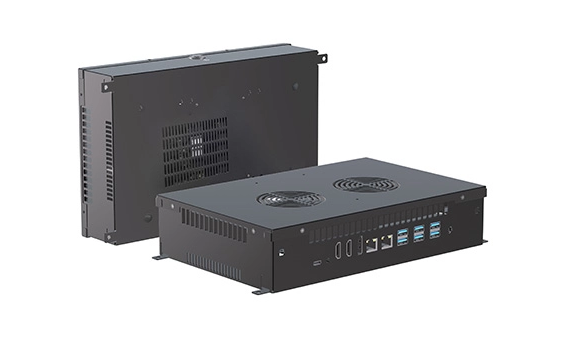The Perils of Overboosting: Understanding the Risks to Your Turbocharger
Turbochargers have revolutionized the automotive industry, providing a means to enhance engine performance without significantly increasing engine size. However, the allure of increased power often leads enthusiasts to consider overboosting their turbo systems. While the prospect of higher horsepower is enticing, the question arises: can overboost damage your turbo? This article delves into the mechanics of turbocharging, the implications of overboosting, and the potential risks involved.
Understanding Turbocharging
Turbochargers operate on the principle of forced induction, utilizing exhaust gases to spin a turbine that compresses incoming air into the engine. This process increases the amount of air and fuel that can be combusted, resulting in greater power output. However, the efficiency of a turbocharger is contingent upon a delicate balance of pressure, temperature, and engine management.
What is Overboosting?
Overboosting refers to the practice of increasing the boost pressure beyond the manufacturer's specifications. This is often achieved through modifications such as remapping the engine control unit (ECU), upgrading the turbocharger, or altering wastegate settings. While these modifications can yield impressive performance gains, they also introduce a host of potential issues.
The Risks of Overboosting
- Increased Heat Generation: One of the primary concerns with overboosting is the excessive heat generated within the engine. Higher boost levels lead to increased air density, which raises the combustion temperature. If the engine's cooling system cannot dissipate this heat effectively, it can result in overheating, leading to severe engine damage.
- Detonation and Knock: Overboosting can also increase the likelihood of detonation, a condition where the air-fuel mixture ignites prematurely. This phenomenon, often referred to as knock, can cause catastrophic damage to engine components, including pistons and cylinder heads. To mitigate this risk, higher octane fuel is often required, but even then, the risk remains if boost levels are excessively high.
- Turbocharger Wear and Tear: Turbochargers are designed to operate within specific parameters. Exceeding these limits can lead to premature wear on the turbine and compressor wheels. The increased rotational speeds can cause bearing failure, resulting in turbocharger failure and potentially catastrophic engine damage.
- Engine Component Stress: Overboosting places additional stress on various engine components, including the pistons, connecting rods, and crankshaft. These components are engineered to handle a certain amount of power and torque; exceeding these limits can lead to mechanical failure.
- Fuel System Limitations: The fuel system must also be capable of delivering the necessary fuel to match the increased air intake. Insufficient fuel delivery can lead to a lean air-fuel mixture, exacerbating the risk of detonation and causing severe engine damage.
Mitigating the Risks
If you are considering overboosting your turbocharged engine, it is crucial to take a measured approach. Here are some strategies to mitigate the risks associated with overboosting:
- Upgraded Cooling Systems: Invest in a high-performance intercooler and radiator to manage the increased heat generated by higher boost levels. Effective cooling can help maintain optimal operating temperatures and reduce the risk of overheating.
- ECU Tuning: Professional tuning of the ECU can optimize fuel delivery and ignition timing to accommodate the increased boost. This ensures that the engine runs efficiently and reduces the likelihood of detonation.
- Quality Fuel: Always use high-octane fuel that can withstand the increased pressures and temperatures associated with overboosting. This can help prevent knock and protect engine components.
- Regular Maintenance: Regularly inspect and maintain your turbocharger and engine components. Look for signs of wear and tear, and replace any components that show signs of fatigue.
- Know Your Limits: Understand the limits of your engine and turbocharger. Consult with professionals and refer to manufacturer specifications to avoid pushing your setup beyond its capabilities.
Conclusion
While the temptation to overboost a turbocharged engine for increased performance is understandable, it is essential to recognize the potential risks involved. From overheating and detonation to turbocharger failure and engine component stress, the consequences of overboosting can be severe. By taking a cautious and informed approach, you can enjoy the benefits of turbocharging without compromising the integrity of your engine. Always prioritize safety and reliability over sheer power, and consult with professionals when considering modifications to your turbo system.

